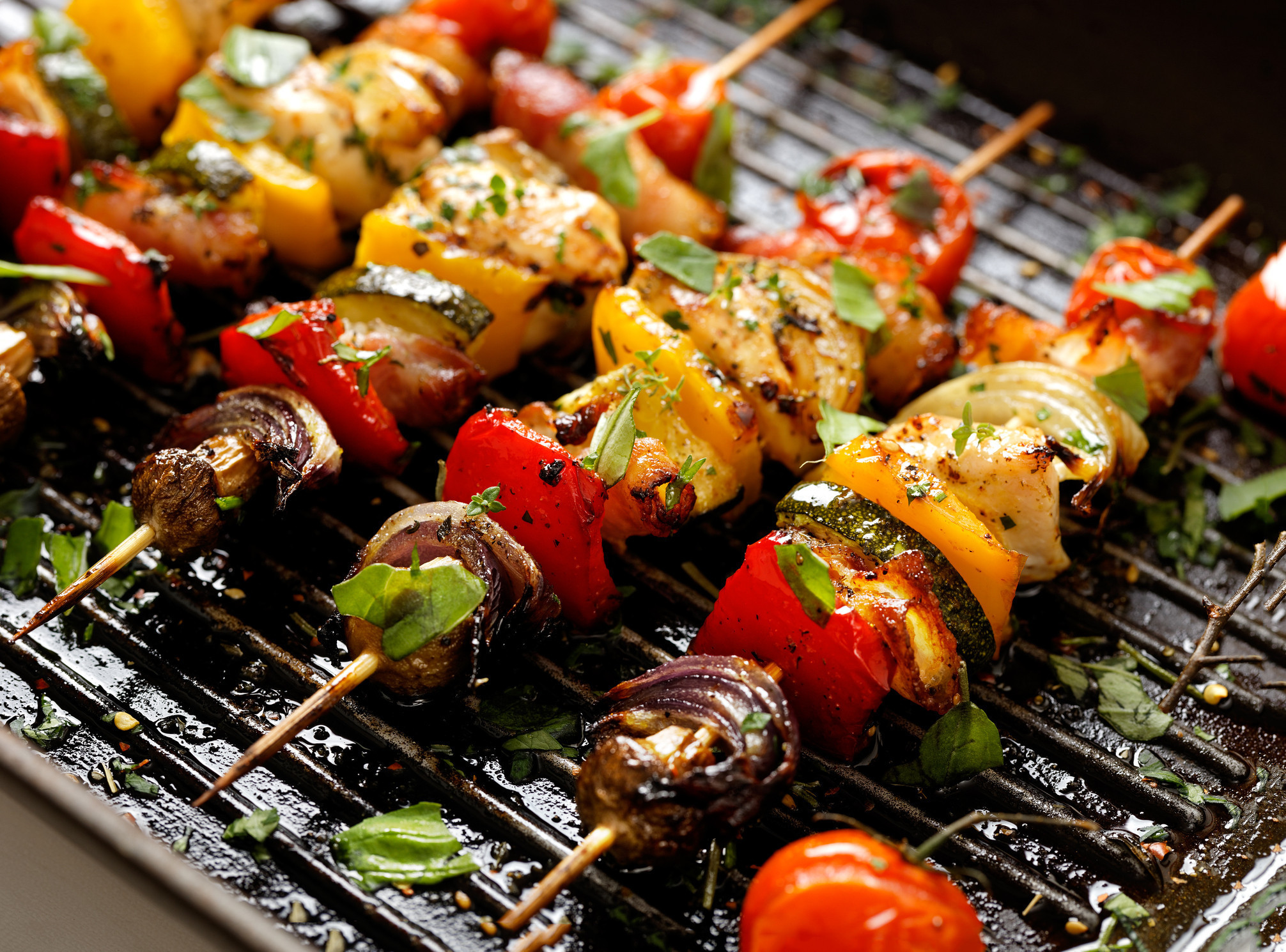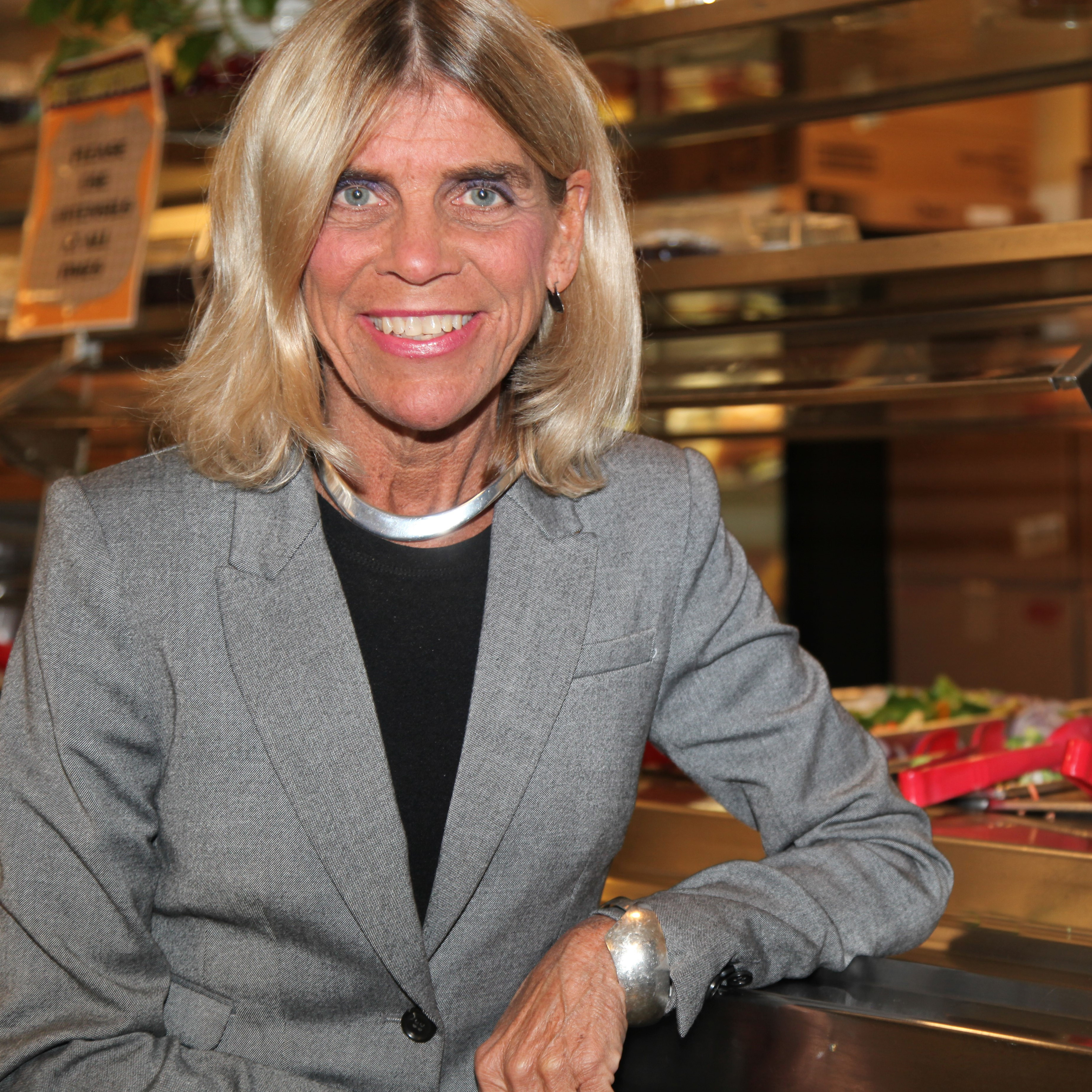From https://www.health.harvard.edu/
HARVARD HEALTH BLOG
What is a plant-based diet and why should you try it?
By Katherine D. McManus, MS, RD, LDN, Contributor

Plant-based or plant-forward eating patterns focus on foods primarily from plants. This includes not only fruits and vegetables, but also nuts, seeds, oils, whole grains, legumes, and beans. It doesn’t mean that you are vegetarian or vegan and never eat meat or dairy. Rather, you are proportionately choosing more of your foods from plant sources.
Mediterranean and vegetarian diets
What is the evidence that plant-based eating patterns are healthy? Much nutrition research has examined plant-based eating patterns such as the Mediterranean diet and a vegetarian diet. The Mediterranean diet has a foundation of plant-based foods; it also includes fish, poultry, eggs, cheese, and yogurt a few times a week, with meats and sweets less often.
The Mediterranean diet has been shown in both large population studies and randomized clinical trials to reduce risk of heart disease, metabolic syndrome, diabetes, certain cancers (specifically colon, breast, and prostate cancer), depression, and in older adults, a decreased risk of frailty, along with better mental and physical function.
Vegetarian diets have also been shown to support health, including a lower risk of developing coronary heart disease, high blood pressure, diabetes, and increased longevity.
Plant-based diets offer all the necessary protein, fats, carbohydrates, vitamins, and minerals for optimal health, and are often higher in fiber and phytonutrients. However, some vegans may need to add a supplement (specifically vitamin B12) to ensure they receive all the nutrients required.
Protect yourself from the damage of chronic inflammation.
Vegetarian diet variety
Vegetarian diets come in lots of shapes and sizes, and you should choose the version that works best for you.
- Semi-vegetarian or flexitarian includes eggs, dairy foods, and occasionally meat, poultry, fish, and seafood.
- Pescatarian includes eggs, dairy foods, fish, and seafood, but no meat or poultry.
- Vegetarian (sometimes referred to as lacto-ovo vegetarian) includes eggs and dairy foods, but no meat, poultry, fish, or seafood.
- Vegan includes no animal foods.
8 ways to get started with a plant-based diet
Here are some tips to help you get started on a plant-based diet.
- Eat lots of vegetables. Fill half your plate with vegetables at lunch and dinner. Make sure you include plenty of colors in choosing your vegetables. Enjoy vegetables as a snack with hummus, salsa, or guacamole.
- Change the way you think about meat. Have smaller amounts. Use it as a garnish instead of a centerpiece.
- Choose good fats. Fats in olive oil, olives, nuts and nut butters, seeds, and avocados are particularly healthy choices.
- Cook a vegetarian meal at least one night a week. Build these meals around beans, whole grains, and vegetables.
- Include whole grains for breakfast. Start with oatmeal, quinoa, buckwheat, or barley. Then add some nuts or seeds along with fresh fruit.
- Go for greens. Try a variety of green leafy vegetables such as kale, collards, Swiss chard, spinach, and other greens each day. Steam, grill, braise, or stir-fry to preserve their flavor and nutrients.
- Build a meal around a salad. Fill a bowl with salad greens such as romaine, spinach, Bibb, or red leafy greens. Add an assortment of other vegetables along with fresh herbs, beans, peas, or tofu.
- Eat fruit for dessert. A ripe, juicy peach, a refreshing slice of watermelon, or a crisp apple will satisfy your craving for a sweet bite after a meal.
Inspiration for plant-based eating throughout the day
Over time, eating a plant-based diet will become second nature. Here are some ideas to get you started.
Breakfast:
- Rolled oats with walnuts, banana, and a sprinkle of cinnamon.
- Breakfast wrap: Fill a whole-wheat tortilla with scrambled egg, black beans, peppers, onions, Monterey jack cheese, and a splash of hot sauce or salsa.
- Whole-wheat English muffin topped with fresh tomato and avocado slices, and blueberries.
Lunch:
- Greek salad: Chopped mixed greens with fresh tomato, Kalamata olives, fresh parsley, crumbled feta cheese, extra virgin olive oil, and balsamic vinegar. Whole-wheat pita on the side, fresh melon for dessert.
- Tomato basil soup, whole-grain crackers with tabbouleh, and an apple.
- Vegetarian pizza topped with mozzarella cheese, tomatoes, broccoli, onions, peppers, and mushroom. Fresh strawberries for dessert.
Dinner:
- Grilled vegetable kabobs with grilled tofu, and a quinoa and spinach salad.
- Whole-wheat pasta with cannellini beans and peas, and a romaine salad with cherry tomatoes, dressed with extra virgin olive oil and balsamic vinegar.
- Vegetarian chili with a spinach-orzo salad.
About the Author

Katherine D. McManus, MS, RD, LDN, Contributor
Discover more from ReviewFitHealth.com
Subscribe to get the latest posts sent to your email.